Do Millennial Photographers Really Enjoy Editing Their Photographs
You’re about 40 if you’re on your way out soon from this demographic, and 25 if you’ve just made your entry into this select age group. We’re the generation that grew up with the internet in our teens, and contributed to making it the over-utilized, super-connected global network that it is today. As millennial photographers, we’re also probably the youngest generation to have made a foray into digital photography. Before that, we’d pop a roll into an autofocus compact or an SLR and head over to a studio to develop after 36 clicks. But when it came to developing them, we were at the mercy of two significant factors: the film stock we used, and the developer at the lab we went to.
All images in this article are used with permission from their owners.
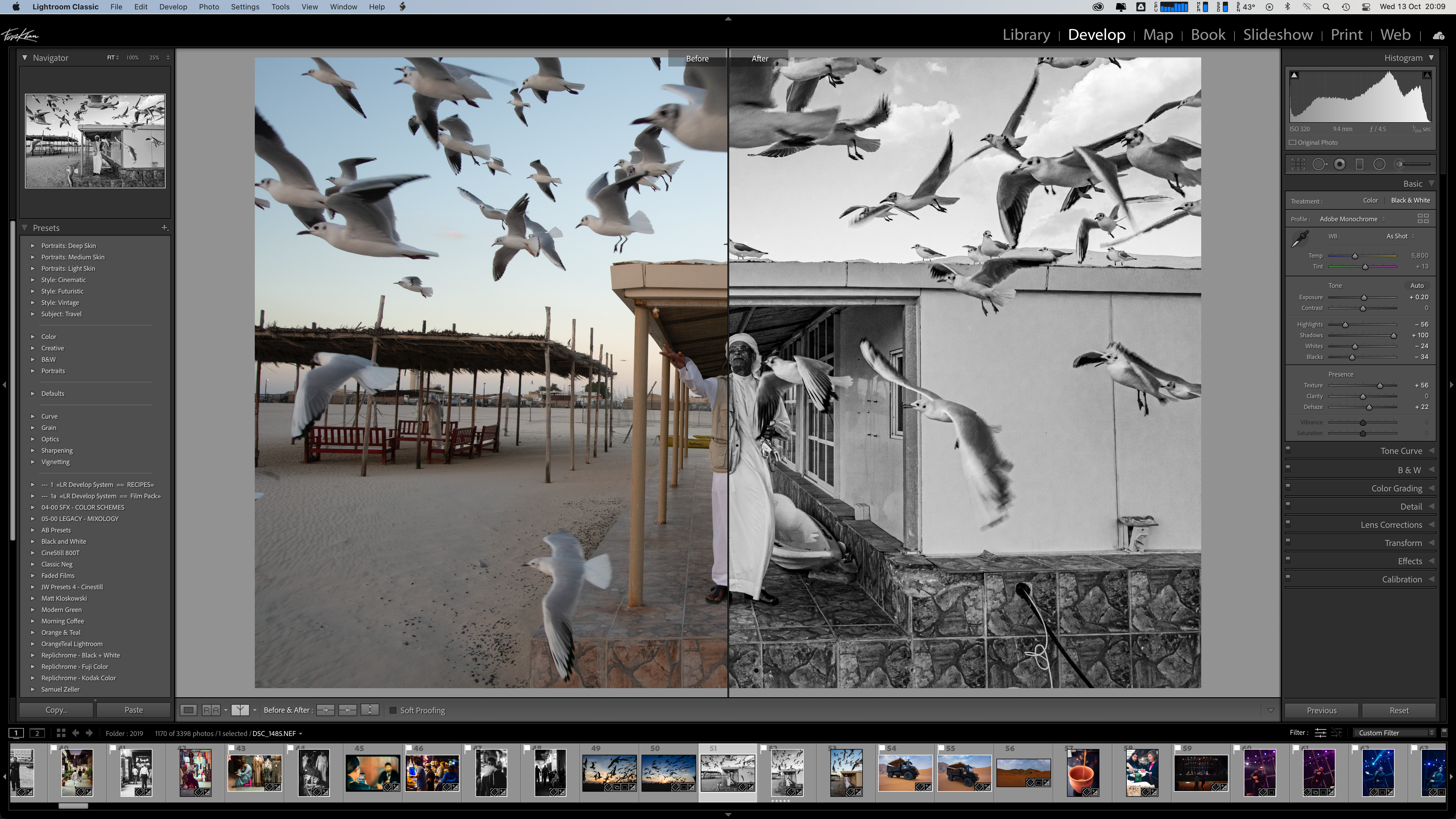
Digital photography was a whole new ballgame. The first digital camera my family owned was an Olympus (possibly one of the early CAMEDIA models) in 2003. I think it barely had 2 megapixels of resolution (keep that in mind before all you Generation Alpha photographers whine about your 24-megapixel files). And it probably was another four or five years before I began to understand the intricacies of editing software like Adobe Photoshop. It took two more years of having digital files all over my hard drive before I was introduced to Adobe Lightroom (3.0?). Things started becoming streamlined here with the presence of a sound file management system. Saturation, Contrast, Curves, Hue – a few things that I began playing with each time I took would start my photo editing.
Easy to Get Carried Away
The possibilities were endless, but so were the errors. What made it a fun process was the fact that it was all non-destructive in nature. Tapping away on my ancient Dell laptop, I was able to do, undo, redo, undo, and correct to my heart’s content. It didn’t matter that the results weren’t professional looking. Unbeknown to me, I was learning something new that would one day be valuable in my professional career. Editing an image was something I enjoyed thoroughly and something that, for the most part, I still enjoy today. The thought process behind this has probably changed entirely, though. I would previously click a photo and then try umpteen edits to see what could make it look better.
I don’t hate presets, and I think they are sometimes an excellent way to have an editing starting point. But I can say with surety that you can get carried away by them. Because when you have 1,000 different instant looks at your fingertips, you tend to feel overwhelmed. I now firmly shoot with a vision to edit. I will always compose and expose my photos, as best possible, with an end edit in mind. This prevents me from becoming distracted when I sit down to edit a picture, but it also means I need to edit an image shortly after I click it. I was curious to know what other millennial photographers thought about photo editing. Do they enjoy taking a shot from “nice” to “wow,” even if it means spending a significant amount of time before a screen?
The Evolution of Editing
“I used to enjoy editing my photos a lot when I first started out. I believe it distinguishes some of us,” says photographer Atamash Javed. Originally from Pakistan but based in the UAE now, Aljvd (as he is more commonly known in the local photography circles) likes to keep his photography process simple. “More recently, I have been finding myself not to edit as much. I guess it’s part of an evolution,” he says about his photos.
“…where heavy editing is required I am capable of doing it, but I mostly try to keep it very simple now.”
Altamash Javed
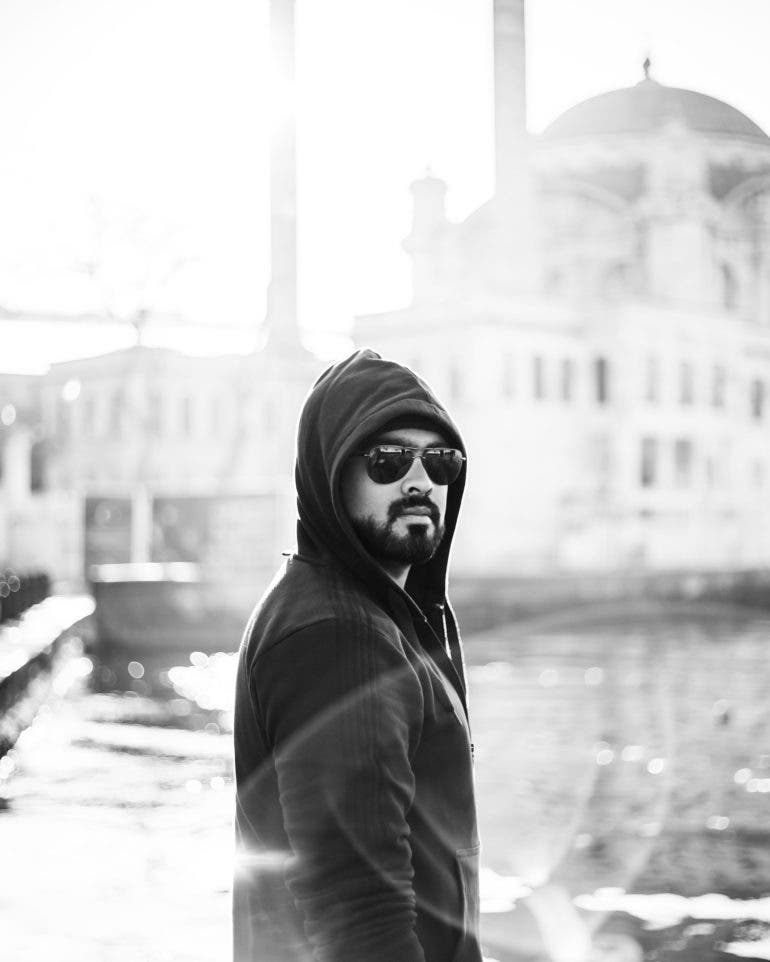
I enjoy Altamash’s work and find him a source of inspiration on how to produce striking images out of seemingly simple, everyday surroundings. I also agree with Altamash on a critical point he makes about revisiting older images. “As I have learned more in general and the usage of new software, I actually enjoy going back and editing old photos,” he says. “Sometimes, you just have to be in the right mindset to edit. If I know an image isn’t what was in my head, I abandon that edit session and come back to it later.”
Revisit, Revise and Re-edit
I dig deep into my extensive Lightroom catalog on days where I cannot head out for a photoshoot. Sometimes I look at an image and feel like kicking my younger self for the edits applied to the picture. But I then realized that no one is born a good editor. It is a skill developed with effective practice over time. And, as with a lot of things in life, less is more. I don’t remove the original edit, though. I make a virtual copy, reset the edits and start again. Because someday, when I go back to the same file, I want to see how I improved over the years. To go back and find that your skills have improved is always a good feeling.

Examples of a photo that I revisited and re-edited. Initially, the picture had a tighter crop and a more vintage film look to it. But when I decided to edit some other images from the same folder, I felt this one could look good in black and white too.
No Going Back

Jayendra Ramanjooloo of Mauritius feels otherwise on the topic of revisiting older images. “I always go back to see old photographs. But I never edit them because it is a way to remind myself of where I came from.” He was formerly part of the cabin crew team of a leading airline which is where he found his love for photography. Today he works as the lead photographer and videographer for a real estate firm. And he echoes my sentiment on having a clear idea of how to edit before clicking the photo.
“I think the most challenging part of post-processing that I usually encounter is the ‘blank’ time. I sometimes have no idea where to start.” It would be fair to say that trying to edit a photo aimlessly is like riding a car across the desert without GPS. You might end up somewhere interesting, but the chances are slim. “In such a situation,” he says, “I usually would take a break and come back.”
“I always have the vision of the final product when I’m on-site and doing a photo session. And going home after a session to achieve this is the most awaited part.”
Jay shared a photo to show how not all images can be edited in the same way and why sometimes you need to edit a lot more than most people would to produce a unique photo.
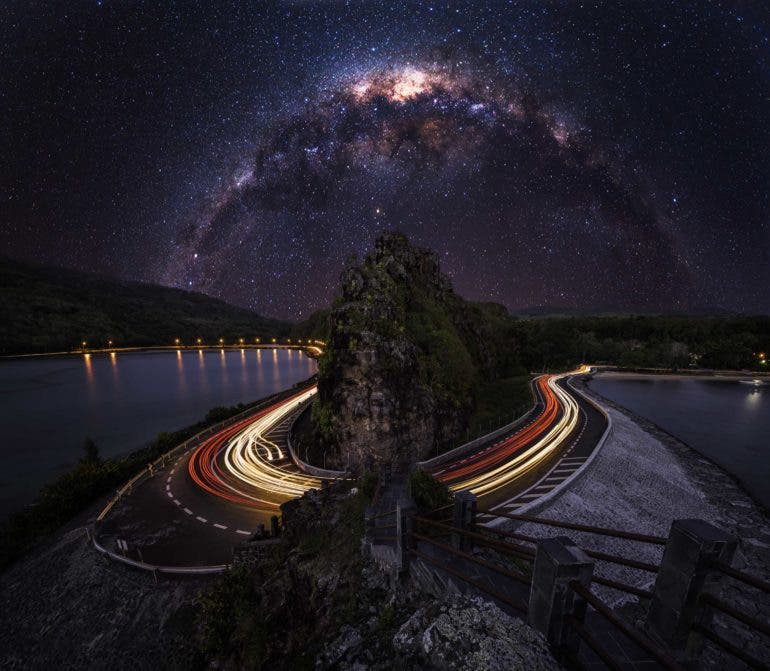
“My favorite composite of all time. The image consists of 25 photos which include the light trails, bracketing shots, and the Milkyway.” An apt example of how sometimes it’s necessary to take your time with editing. He recommends using a Wacom Tablet for such edits. “This thing is a must if you want to take your editing to the next level.”
It’s Easy to Get Carried Away
Katie Edwards from England feels that there is such a thing as too much editing. She worries about editing to the point where an image is clearly over-processed and loses any charm it has.
“It’s easy to spend too long on a photo and lose its essence,” she explains. “That’s why it’s important to take a little break and check a photo with fresh eyes before exporting it!”
Katie is a documentary filmmaker and photographer based in London. She enjoys getting the image right as much as possible in-camera but also edits images where necessary. “I definitely rely on editing a lot, especially cropping. I tend not to shoot too tightly, so I have more options. There’s enough detail in a RAW image to do this a bit – maybe this is bad practice!” she says.
I think it was only around 2013 when I started realizing how much potential a RAW file could have that I began to tone down my edits. It’s not that I was pushing sliders to the extreme. But quite often, an image could end up looking nothing like the original scene, or even what my original vision for it was. Most of this was because I probably thought that more editing meant more improvement. And while some photographers can massage their files to get the best out of them, I was perhaps pounding my files in a matter of speaking. It also could have been because I was unsure about what half the sliders did. Since then, many years of editing have helped reform my workflow. Now know precisely which sliders I need to improve certain aspects of an image.
Presets – Yay or Nay
“I’ve used some presets made by someone, but it did not really work for me, so now I make my own presets and color palettes,” says Sri Lankan photographer Anuskha Eranga. He’s one of the country’s most famous contemporary photographers and has developed a distinct style to his images and post-processing. He, too, has chosen Capture One as his editing software of choice, like most of The Phoblographer team.
“I have switched to Capture One Pro and I love its workflow and the smoothness when editing large files.”
He doesn’t mind working on edits and embraces the improvements in technology that the various software organizations bring to the table. “All these software and plug-ins are well developed; looking back at the past, we are saving lots of time now compared to those days. The edits we did for hours are now just a few clicks away, thanks to AI-powered applications.”
On the other hand, Katie uses presets as a starting point for her edits but often finds the end result is very different from the initial look by applying the preset. “I have my favorites that I have created, and I always start with one,” she says about presets. “Although the image usually changes quite a bit afterward, and I might even create a new preset from the fresh edit.” She does miss how much easier her editing process used to be.
“I think I first edited images using Apple Photos. I just whacked on a lovely filter and done – simple times!”
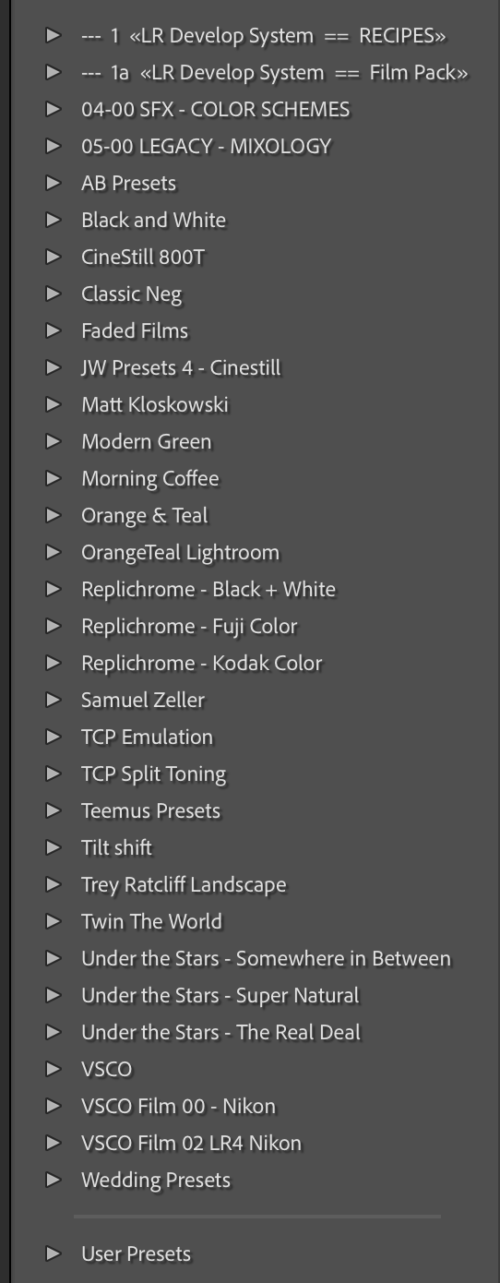
AI – Giving Away Much Control?
Tassos Pantziarides thinks that AI can only help people improve their editing skills. “I feel technology and AI will push creativity even further,” he states. “There is so much photography out there now, and everyone has a great camera and photo editor in their pocket. The barrier to entry is a lot lower, and it’s getting harder to stand out.”
“I do enjoy post processing as I consider it a key part of your personal brand and final image signature. Even when I outsource some parts of the editing process the final colour grading and image look goes through my hands to ensure consistency and that I am happy with the end result.”
But what are his thoughts on smartphones (and smartphone attachments like Alice) using AI for enhancing image scenes even before you click a photo? “I think it’s great, and you can get some amazing results very quickly. The key is to understand what you can and can’t do in order to improve the image even further if you need. I think that’s the only way to add your signature to the image.”
Embrace It to Control It
Tassos has some valid points there. AI can only improve based on what’s fed into it, which is more images for it to work with. It can also only work to the point where we accept what it gives back to us before we tweak the algorithms it uses. One thing’s for sure; it’s here to stay whether we like it or not. I’ve started using AI-enabled software like those from the Topaz Labs suite.

Tassos finds these tools to be handy for him too. “I think technology is advancing very quickly, and there are a lot of very good editing software out there as it stands. We’ve seen the likes of Luminar and Topaz Labs bring some neat new features, and this has, in turn, forced a response from the “established” software providers. The difficulty is staying up to date and utilizing the new features. Advanced making techniques are always welcome for my workflow.”
The Difficulties of Post-processing
“It’s just boring; it takes a lot of time,” complains Tasneem Al Sultan of Saudi Arabia. “I believe that a photographer needs to take a photo as well as they can on camera, to minimize the work and the efforts in the end. And I don’t really enjoy it.” As one of the Middle East’s most celebrated photographers, she isn’t a fan of having to edit many images.
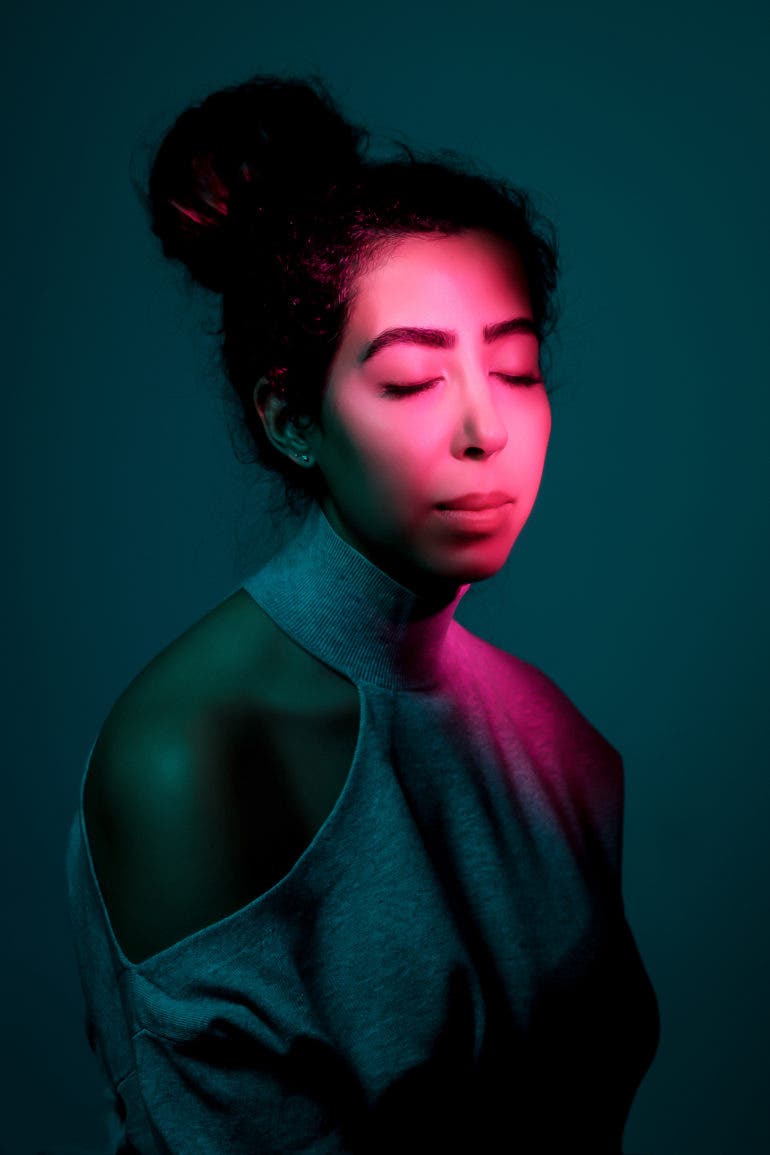
When she started her photography career 10 to 12 years ago, she began using iPhoto to edit her photos. “I had no idea, and then a few months later, I was so scared by my friend who introduced Photoshop and Lightroom. I was so intimidated. But of course, now, I love Lightroom and cannot live without it.”
Unlike many of us who prefer a larger screen when it comes to editing, Tasneem says she ditched her desktop some years ago. “I usually edit on my laptop. I have not used a desktop in 5-6 years.”. Unlike me, however, she doesn’t shoot to edit. “I shoot to get it right in camera for minimal editing afterward,” she says with a chuckle.
Tasneem feels that iPhones are not as smart as the competition when it comes to AI integration with their cameras. “I use a lot of Snapseed to edit any photo that I will post on Instagram that I took on my phone.” It’s vital for her, though, that her images look clean and not like they’ve been over manipulated.

What Is the Future of Photo Editing
“Hopefully easier,” according to Tasneem. “The future will be very strange because all our apps, our phones and even our cameras are now smarter than they were before.”
Altamash points in the direction of AI. “I like to think of it as machine and human coming together to create art. I think we should embrace it.”
“Operating cameras and these photo-editing software will be much easier to use so people will have a huge competition,” is what Anushka envisions. “But it is fine as art improves with the time.”
Katie looks more towards 360 photography as a tool that might change how we edit in the future. “Cartier-Bresson coined the term ‘decisive moment’. He said, “There is a creative fraction of a second when you are taking a picture […] Oop! The Moment! Once you miss it, it is gone forever.” (Cartier-Bresson in a Washington Post interview, 1957) But if you can constantly record 360 degrees, the decisive moment no longer exists, as you can choose exactly your frame and timing in the edit. I don’t know if this would remove some of the magic of photo-taking or if it would just allow you to be super precise.”
As for what I think about the future of editing, it’s bound to be exciting, as long as it still allows the photographer to keep most of the control in their hands. Allowing a computer (auto mode) or an AI algorithm-powered software to decide the end result of an edit is no different from leaving it all to the photo lab technician from our childhood.